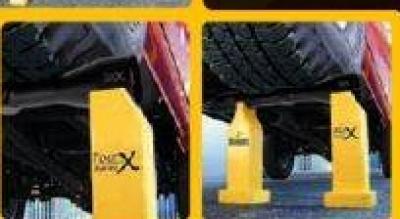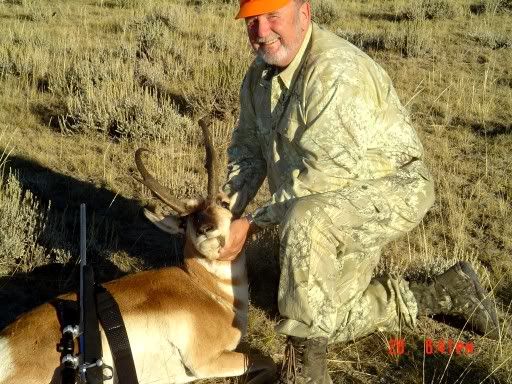Kooty, the short answer is E1! Everything that Prostaffers have asked for in changes to the Fullfield, was delivered in the E1 line up.
For cosmetic changes, there are two things that I didn’t care for in the Fulfield, and in now on the E1. 1. On the Fullfield, when turning the variable ring, the entire rear portion of the housing turned. So if you had a flip cover; it would rotate  The E1 has the variable dial independent of the rear housing/optic and it remains stationary. 2. The Fullfield has a fine diamond cut on the turret and variable ring. For my hands, difficult to grip in wet and cold conditions. Typically I wear cotton or fine knit gloves once its below 20 degrees and they would slip when adjusting the variable. The E1 has a much better design in the ring and so much easier to grab.
The E1 has the variable dial independent of the rear housing/optic and it remains stationary. 2. The Fullfield has a fine diamond cut on the turret and variable ring. For my hands, difficult to grip in wet and cold conditions. Typically I wear cotton or fine knit gloves once its below 20 degrees and they would slip when adjusting the variable. The E1 has a much better design in the ring and so much easier to grab.
Onto the more important things:
*The fullfield II is a 1″ tube – The E1 is available in 30mm and 25.4mm(1″)
* The E1 had the Ballistic Plex etched into the glass the same way as the much higher end scopes. Other manufactures in the $400 and less range will usually use thin wire.
* The internal lenses are on average about 25% larger than most competitors. The double wall system that Burris uses allows them to use a much larger internal optics. (this is what I would like to have a cross section of for illustration) Many manufactures won’t publish what their internal optic sizes are. For Burris, Fullfield II 25.4 mm = 13.8mm lens / In a 30mm tube = 15.4mm lens Just like any man that has bought his wife a quality rock for her ring, the better the stone, the greater the clarity and sparkle!
* The E1 has the windage as part of the Ballist plex, the standard Fullfields did not
* The E1 has illuminated Ballistic Plex option with a variable powered intensity. ( I love this in my XTR that I use at night)
* All Burris optics are (internal and External) are coated with HiLume and you have over 99% light transmition *** This is a huge difference with many other manufactures. They coat exterior sides only to help their light transmission loss.
* All Burris scopes are metal to metal locking and double springs for windage and elevation. This is a huge comparison when looking at magnum rounds and the everyday rigors of hunting. Riding on ATVs, getting banged around…superior resistance to failure.
* Most manufacture use a (1) quality O-ring in the seal of their scope tube – Burris uses a method called Quad Seal the essentially doubles the seal.
* Nearly all manufactures have Nitrogen filled scopes now. The difference is the grade and how its used. Burris only uses the highest laboratory grade and purges the tubes with nitrogen multiple times before sealing. Nitrogen naturally absorbs any moisture. By purging the tubes multiple times before sealing, your taking any residual moisture out first before the seal.
* Burris scopes are WATER PROOF – not just water resistant
* Testing – Burris tests EVERY scope before it is packaged and sent on its way. Most manufactures spot test or random quality tests with the 1 out of XX method. For Burris, this includes submersing in Hot water, vacuum tested, shock and recoil tested.
Sorry to cut this a bit short on the differences, but I’m tight on time with a few appointments. Shoot me a PM with any more details you want.
OH , BTW Burris has a $50.00 rebate going on with the E1 scopes. That brings them down to near the same price point as the Fullfield II.




 Congrats on the new piece of equipment.
Congrats on the new piece of equipment.
 The E1 has the variable dial independent of the rear housing/optic and it remains stationary. 2. The Fullfield has a fine diamond cut on the turret and variable ring. For my hands, difficult to grip in wet and cold conditions. Typically I wear cotton or fine knit gloves once its below 20 degrees and they would slip when adjusting the variable. The E1 has a much better design in the ring and so much easier to grab.
The E1 has the variable dial independent of the rear housing/optic and it remains stationary. 2. The Fullfield has a fine diamond cut on the turret and variable ring. For my hands, difficult to grip in wet and cold conditions. Typically I wear cotton or fine knit gloves once its below 20 degrees and they would slip when adjusting the variable. The E1 has a much better design in the ring and so much easier to grab.
